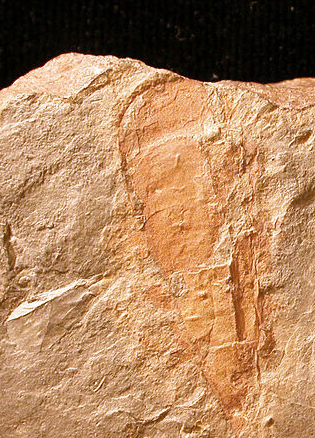Discovery of Ghost Plume Beneath Oman Offers Insights into Earth's Dynamics

In a groundbreaking study published in the journal Earth and Planetary Science Letters on June 18, 2025, an international team of researchers has reported the first detection of a 'ghost' plume beneath the Al Hajar mountains in eastern Oman. Unlike traditional mantle plumes that are associated with surface volcanic activity, this ghost plume exhibits no visible signs on the surface, raising intriguing questions about its role in Earth's geological processes.
The research, spearheaded by Dr. Emma Pilia, a geophysicist at the University of Cambridge, indicates that the plume, named the Dani plume, rises from the Earth’s core and is characterized by a column of unusually hot rock. According to Dr. Pilia, "This study presents interdisciplinary evidence for the existence of a ghost plume, which could significantly enhance our understanding of plate tectonics and the evolution of Earth's features."
The initial evidence for the ghost plume came from seismic data that revealed a slowdown in seismic waves passing through the region, suggesting the presence of hotter, softer rock. Further analyses, including computer modeling and observations of seismic discontinuities found at depths of 410 kilometers and 660 kilometers, corroborated the existence of the plume. These findings imply that the plume has been influencing geological processes, including the movement of the Indian tectonic plate, for approximately 40 million years.
"Our models suggest that this ghost plume is around 200 to 300 kilometers in diameter and is up to 300 degrees Celsius hotter than the surrounding mantle," stated Dr. Jonathan Reed, a geologist at Stanford University and co-author of the study. The implications of this discovery extend beyond the mere identification of a new geological feature; they may necessitate revisions to existing models concerning thermal evolution and heat distribution within the Earth.
Research has indicated that the core-mantle boundary—located about 2,890 kilometers beneath the Earth’s surface—could be leaking more heat than previously estimated. "An augmented core-mantle-boundary heat flux has significant implications for thermal evolution models, which could lead to a reevaluation of how we understand heat-producing elements within the lower mantle and core," remarked Dr. Sarah Johnson, a professor of geology at the Massachusetts Institute of Technology.
The discovery of the Dani plume underscores the potential existence of similar ghost plumes globally, which could revolutionize current geological models. "While individual results may appear inconclusive, their collective contribution provides a consistent and robust interpretation," noted Dr. Pilia.
As scientists continue to investigate the depths of the Earth, the understanding of these ghost plumes may yield insights into the complex interactions between the Earth's layers, the evolution of life, and the dynamics of the planet's magnetic field. This research not only highlights the importance of geological studies in understanding our planet but also emphasizes the need for continued exploration of Earth's mysteries.
Advertisement
Tags
Advertisement





